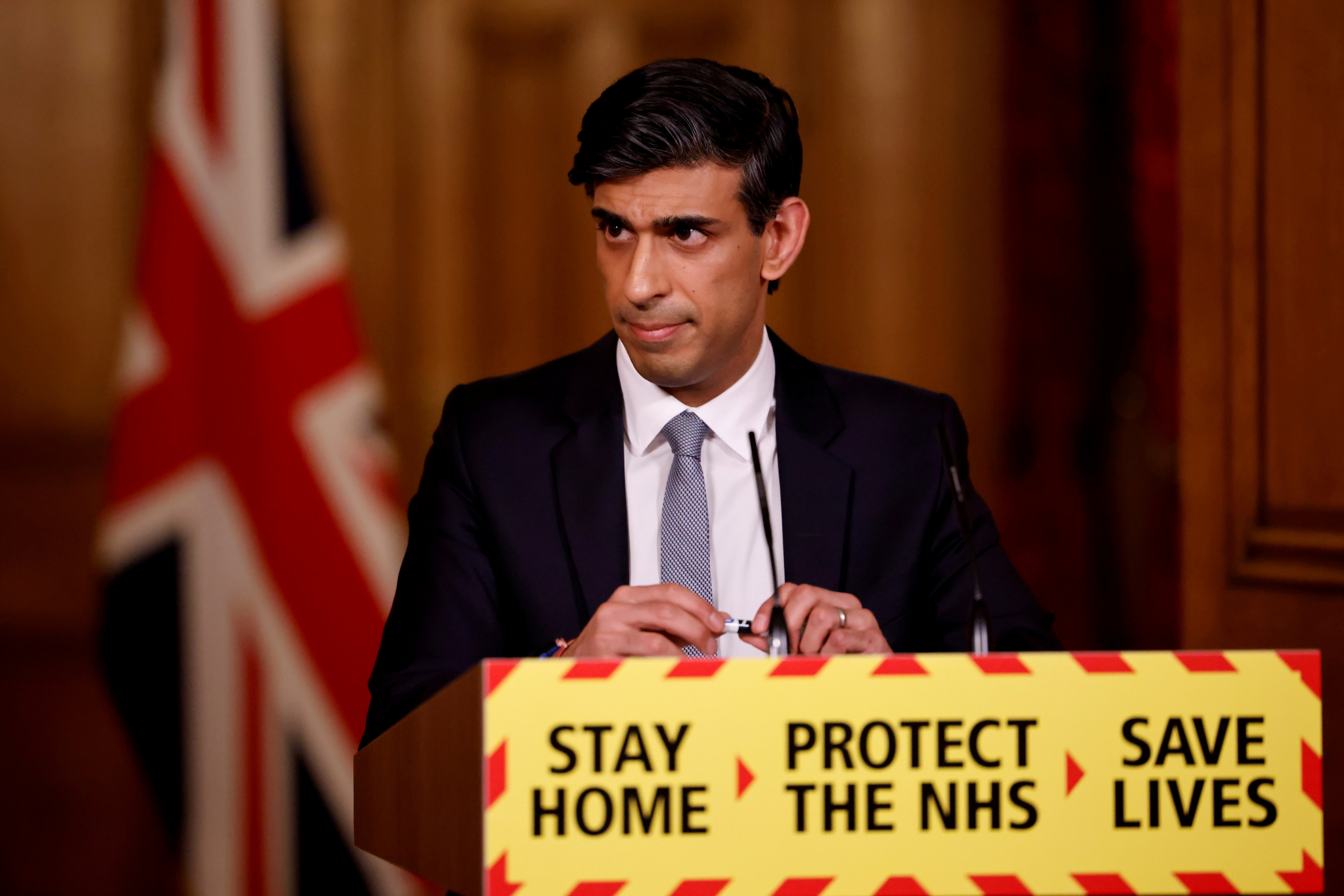Why and how is Rishi Sunak bringing austerity back to public services?
Despite the claims of ministers, public finance experts are arguing that austerity does indeed seem to be returning to the public realm thanks to the decisions of the chancellor. Ben Chu explains what’s going on


“There’s absolutely no way in which anyone can say that’s austerity – we’re spending more money on public services than we were.”
That’s what the chancellor, Rishi Sunak, asserted last November.
But in the wake of this week’s Budget, a host of respected public finance analysts are arguing that austerity does indeed seem to be returning to the public realm thanks to the decisions of the chancellor.
He didn’t mention it in his Budget speech, but Mr Sunak’s plans on Wednesday included a roughly £4bn-a-year cut in the day-to-day spending budgets available to Whitehall departments starting in 2022-23 relative to previous plans.
This is the money, technically known as “current spending”, that civil servants and ministers use for employing staff, running general operations and delivering routine services, ranging from social care to policing, to the British people .
This followed a £10bn a year reduction in those budgets in last year’s spending review.
The implication of all this is that, by 2023/24, these budgets will be some £16bn lower than they were projected to be before the pandemic struck.
Given total day-to-day departmental spending totals of £377bn in that year (up from £321bn in 2019-20), £16bn might not sound a particularly large sum.
But with large “protected” spending departments such as health, defence, and education having already received significant multi-year budget increases from the government, any cuts to the overall spending envelope would be felt disproportionately by unprotected departments such as justice, the Home office and local government.
The Treasury delivered a spending review – which sets spending limits for individual Whitehall departments – last year, covering the 2021-22 financial year.
There will need to be another spending review this autumn covering at least 2022-23 and possibly the following two fiscal years as well.
The Office for Budget Responsibility, the Treasury’s independent spending watchdog, pointed out this week that the reduction in the overall spending envelope pencilled in by the chancellor this week implies that after health, education, defence and overseas aid have had their promised increases, all the other unprotected departments are now facing a 1 per cent real terms cut in the upcoming spending review.
In other words, for these public services, austerity will be back.
Moreover, it was these unprotected departments that suffered the biggest cuts in public spending during the years in which George Osborne was chancellor after 2010.
Departments such as local government, work and pensions, and transport saw their day-to-day budgets more than cut in half in real terms.
While protected departments’ budgets are set to be 10 per cent higher in real terms by the middle of this decade, the budgets of non-protected departments are apparently destined to remain almost a quarter lower on their levels in 2010.
“For those public services it will feel very much like George Osborne is still the chancellor,” says the Resolution Foundation in its post-Budget report.
The Treasury has offered a technical justification for its latest £4bn cut, claiming that it reflects lower expected inflation, and implying that departments won’t need as much cash to deliver the same level of service.
But analysts say those inflation forecasts have been badly distorted by the pandemic and that there’s no evidence departments will need any less money to meet the demands on them.
“This isn’t just a mechanical change and presenting it as such means the chancellor isn’t really levelling with people about the choices the government is making to repair the public finances,” says Paul Johnson of the Institute for Fiscal Studies.
Analysts see the £4bn-a-year cut as a means of ensuring that the government’s overall day-to-day budget is back in balance by 2024/25 on current forecasts and that the national debt is falling as a share of the economy.
In other words, to signal fiscal responsibility (by his own definition) four years into the future, the chancellor is willing to cut some important public services starting next year.
But what analysts find most alarming about that choice is the context.
The pandemic revealed a health service with zero spare capacity and a public health system grossly unprepared in areas like PPE stockpiling.
And, as the OBR notes, the government has itself said there will be an ongoing need for vaccination infrastructure when the crisis is over.
The crisis has also ripped a hole in the education of millions of children and exposed the lethal inadequacy of our social care system.
And yet the chancellor set aside no more money for the health or education sectors this week. Nor was there any more money for local government, which largely funds social care.
All these sectors are likely to need more money as a result of the pandemic, rather than less.
“The chancellor’s medium-term spending plans simply look implausibly low,” says Mr Johnson of the IFS.
And the OBR calls the need for more money for public services “one of the most significant risks to the medium-term fiscal outlook”, implying that the chancellor might, in the end, just have to spend more on public services than his current plans.
If this is right, a return to austerity could prove not only undesirable but undeliverable too.
And there’s another lesson of the past decade of austerity: ministers can point all they like to rising overall public services spending, but when supply fails to meet rising public demand, the result is not pretty.


Join our commenting forum
Join thought-provoking conversations, follow other Independent readers and see their replies
Comments